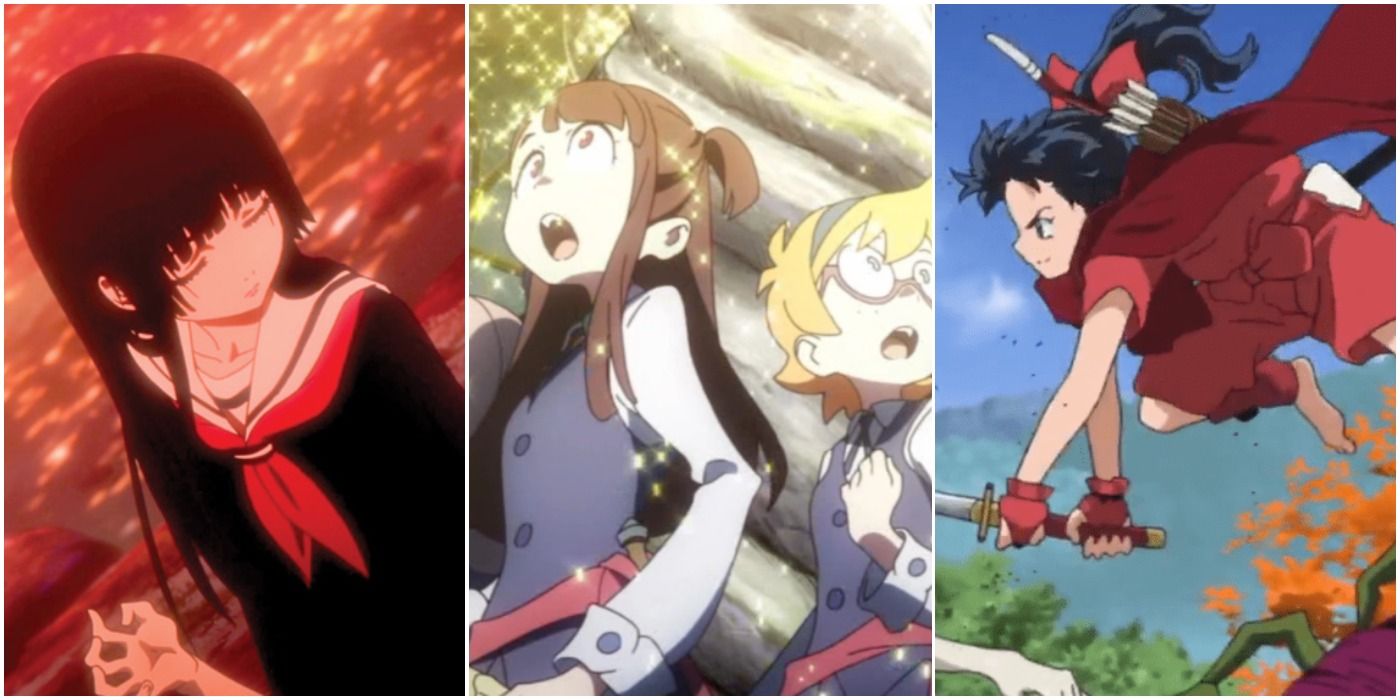
What makes anime so versatile is that series come in so many different shapes and sizes, and there is basically a show for everyone. It’s fascinating to witness the different trends that take over the anime industry and which types of series become the most popular. Shojo anime series are programs that specifically cater toward a younger female demographic and it’s not unusual that these shows embrace certain characteristics and stereotypes.
A great deal of shojo series are filled with romantic content and a relationship or love triangle can be the major driving force in the story. Romance isn’t for everyone and it’s deterred some away from the shojo genre, but there are also some very rewarding shojo series that prioritize totally different material over matters of the heart.
10 Little Witch Academia Introduces New Magic Users To A World Of Wonder
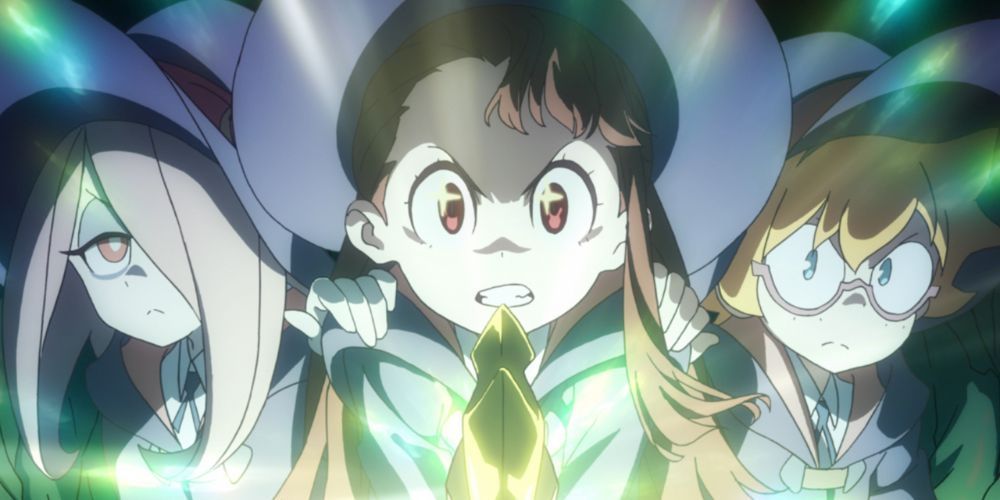
Little Witch Academia is kind of like if Harry Potter was set at an all-girls school and embraces the energy and camaraderie that are formed from this special experience. Akko Kagari wants nothing more than to become a witch, but she comes from a non-magical background. Her humble nature makes Little Witch Academia such a fun experience as Akko finds her voice and grows into an exceptional spellcaster. There are some male characters who seem to have eyes for Akko, but her priority is always on her friends and her witch studies.
9 Hell Girl Shines A Light On The Darkness Of Humanity
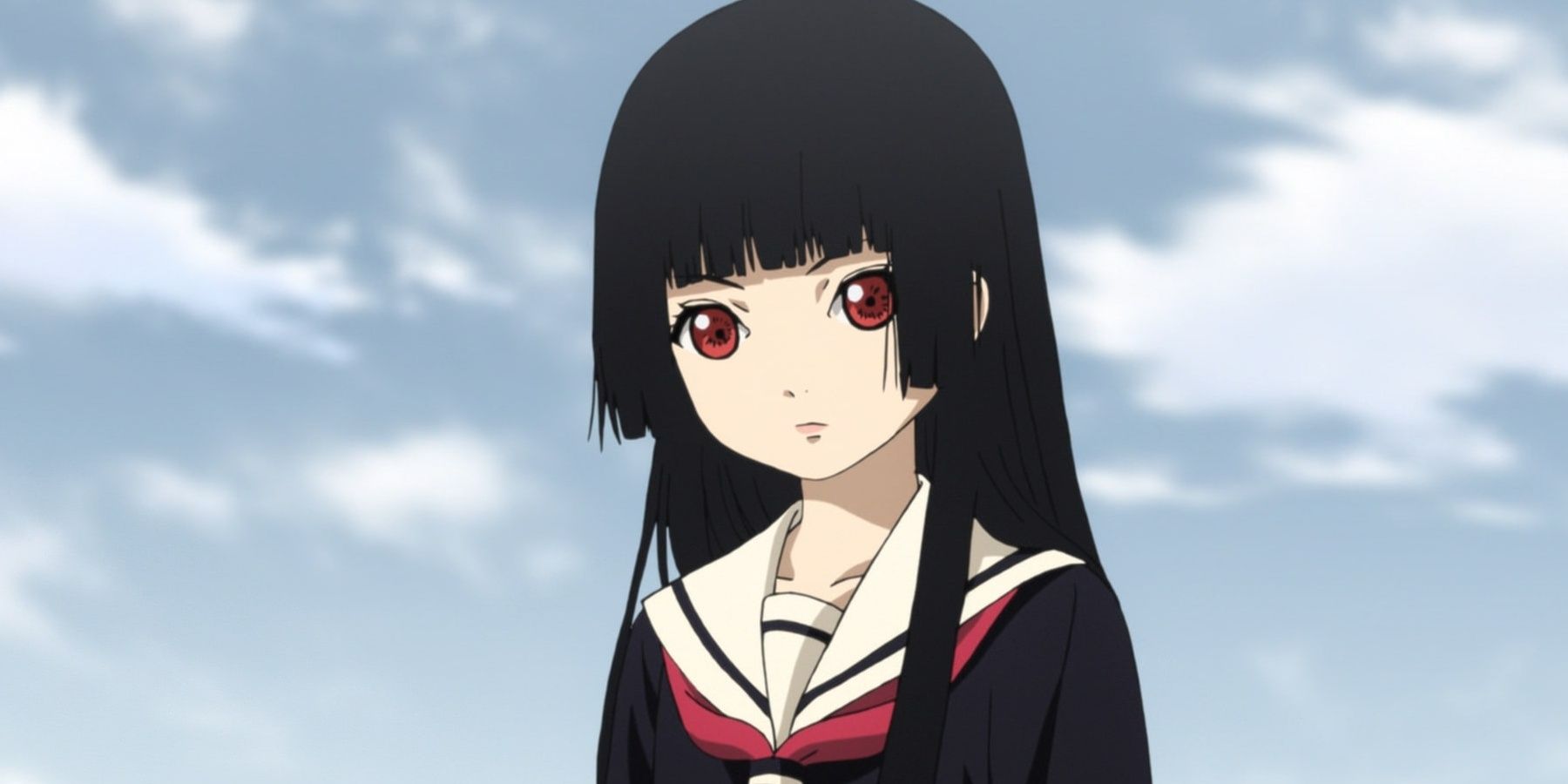
Hell Girl is a wild change of pace from most shojo series, and it operates more like a very angry and revenge-driven version of The Twilight Zone. There's an anthology-like structure to Hell Girl where the female protagonist helps strike revenge on others by sending them to hell via the unusual system that the titular Hell Girl provides.
Hell Girl is consumed by themes like injustice, malice, and suffering, and romance is the last thing that it's interested in. It deals with much heavier and psychological principles.
8 Yona Of The Dawn Chronicles A Princess’ Growth Into A Warrior
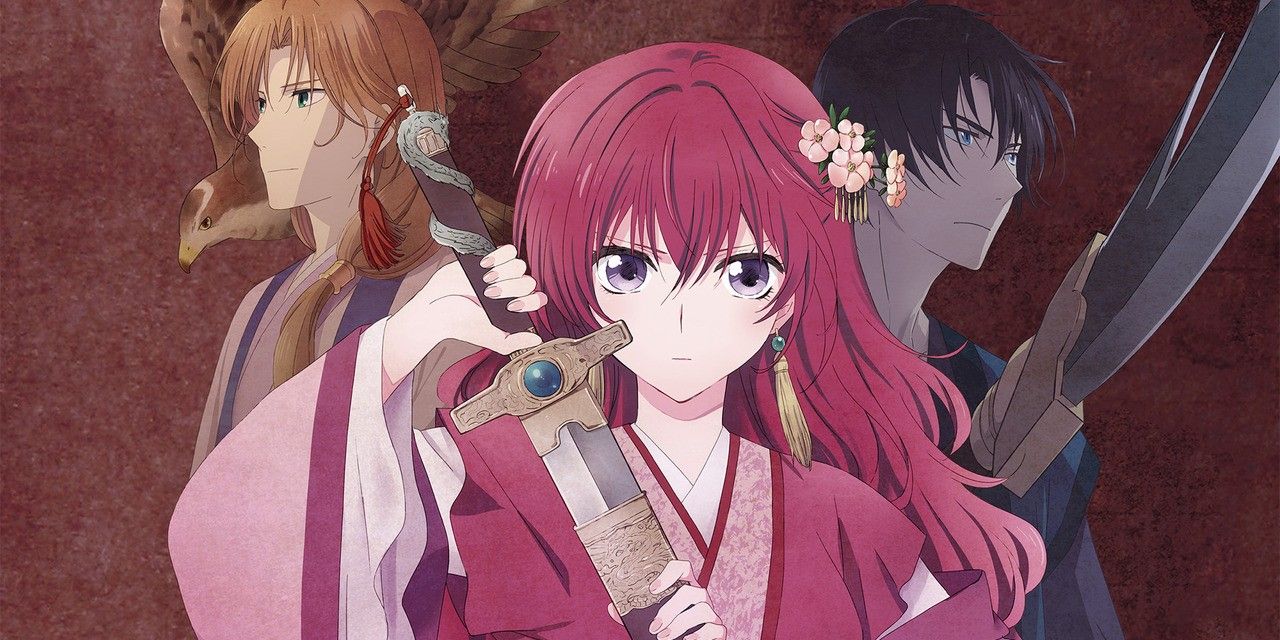
Yona of the Dawn’s Yona is the princess of a tortured kingdom, and her life of luxury abruptly ends when the emperor gets killed and she’s forced to escape and turn to a life of exile. Yona of the Dawn is a survival story and Yona grows into an adept warrior, even if she still has a bodyguard to depend upon. There are hints of romance in Yona of the Dawn, but the biggest instances of it are defused so early and rejected by Yona that it makes it clear that it's not where the anime's interests lie.
7 Laughing Under The Clouds Trades Hugs For Swords
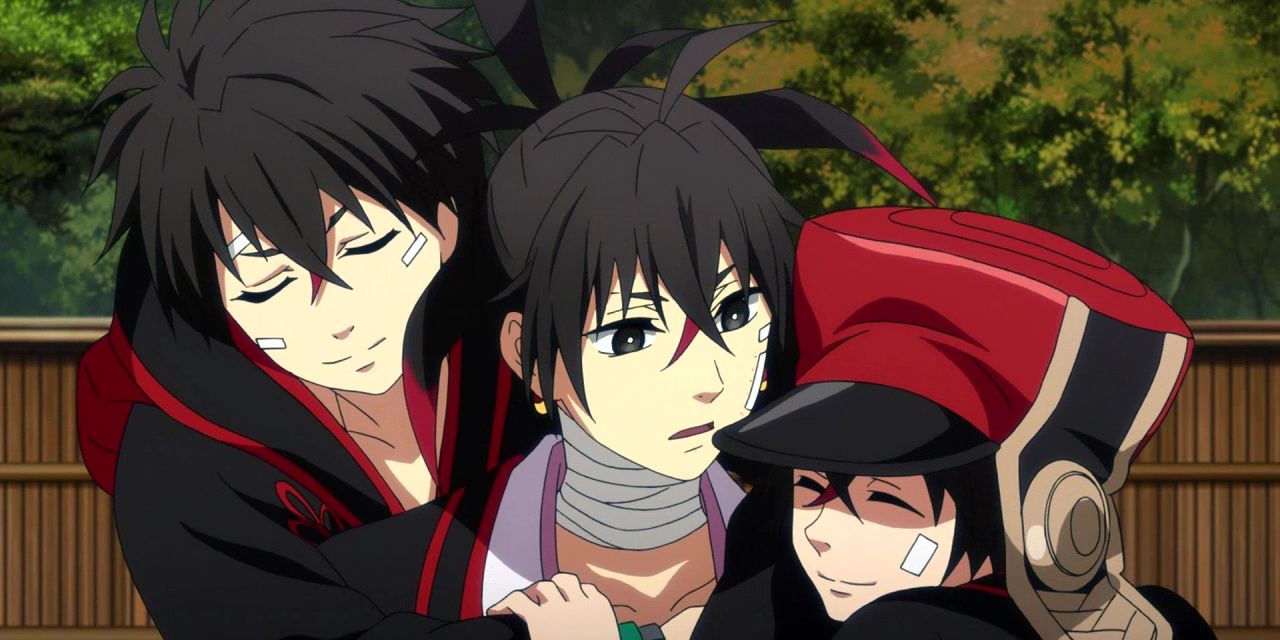
Laughing Under the Clouds is an anime that's set during the mid-1800s during the outlaw of samurai. This dangerous rebellion causes a lot of crime and chaos, all while the government attempts to rectify the problem with a massive prison. Laughing Under the Clouds follows those who have been tasked to transport these criminal samurai to their incarcerations and it never loses its focus on action and suspense. It's actually quite surprising that Laughing Under the Clouds is considered shojo since it also has a predominantly male cast, but it was initially published in the shojo magazine, Monthly Comic Avarus.
6 Yashahime: Princess Half-Demon Applies A Shonen Attitude To A Shojo Series
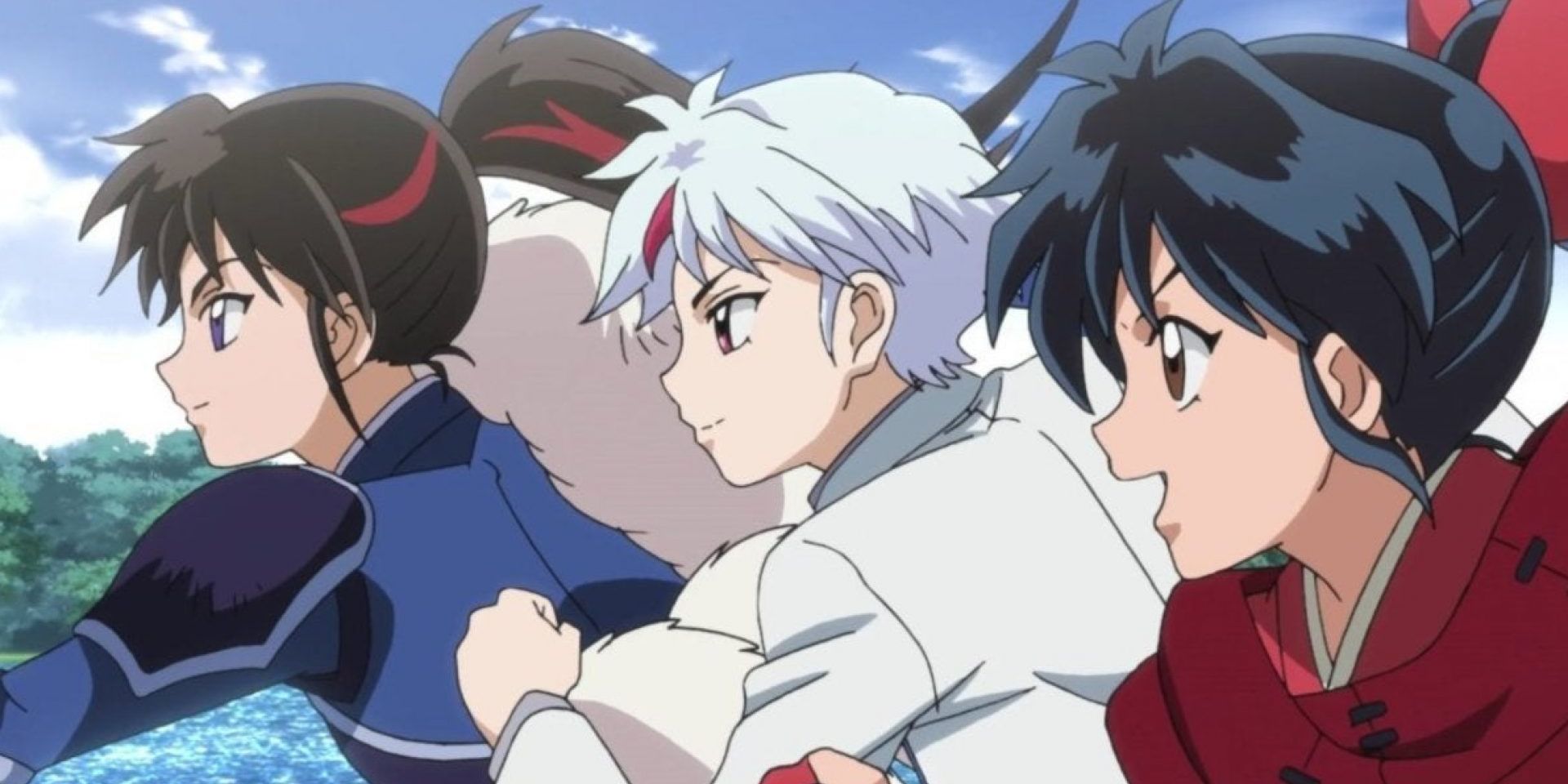
It’s become a popular trend for older anime series to continue their stories through a sequel series that also functions as a soft reboot with a cast that’s made up of the next generation. Yashahime: Princess Half-Demon is the successor to InuYasha, but it gives the demon-fighting anime a cast of three strong female fighters.
It’s interesting how Yashahime flips InuYasha’s ideals with a female cast but presents them all as independent and powerful warriors and not characters that are driven by romance. It’s not a perfect series, but it’s a nice action-filled change of pace for female audiences.
5 Heartcatch Precure! Sets Fairies Against Evil Forces
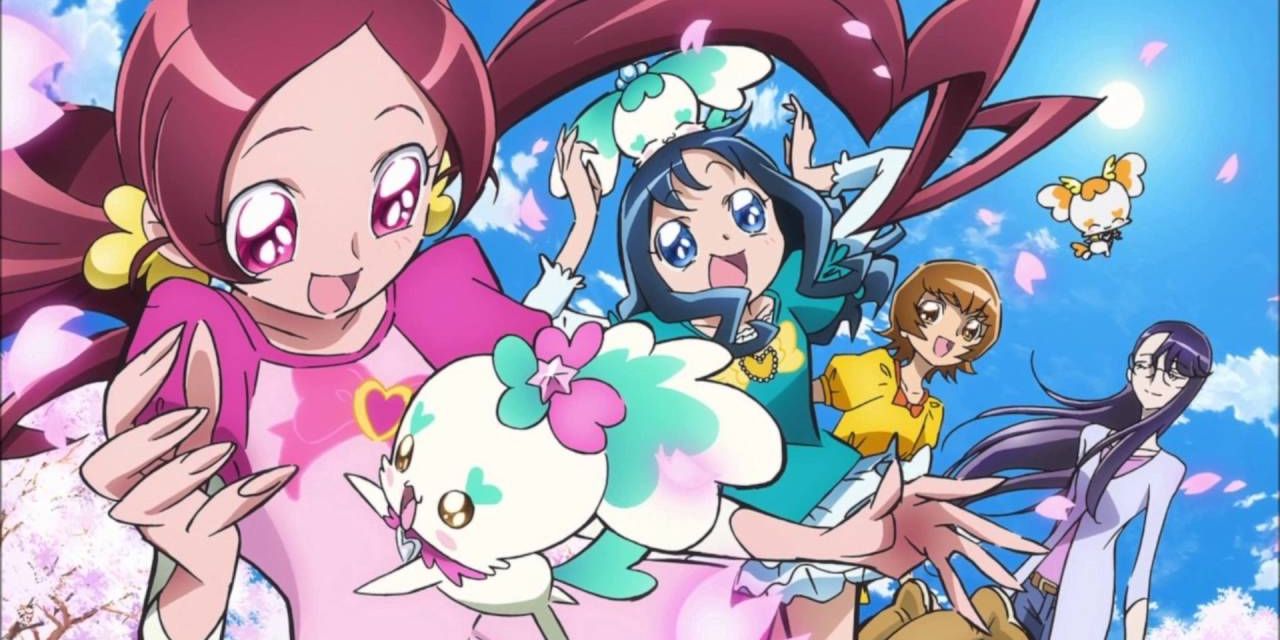
Tsubomi Hanasaki is the precocious protagonist at the center of Heartcatch Precure!, a shojo series that also subscribes to the tropes of the magical girl genre. Tsubomi is obsessed with flowers, but her love for nature is put to use when two fairies transform her into the magical Cure Blossom. As Cure Blossom, Tsubomi fights against rampaging monsters, tries to restore order to the world, and develops a deeper understanding of her powers. Many new changes enter Tsubomi’s life, but romance isn't one of them.
4 Kaleido Star Marks The Birth Of The Next Great Circus Star
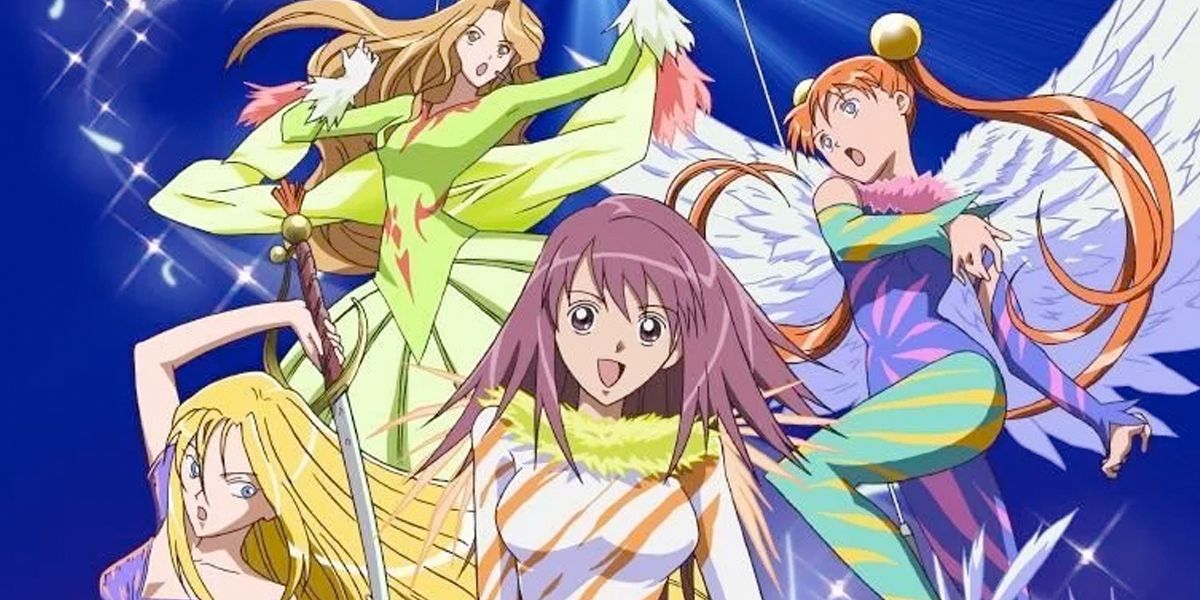
It's a common trope in shojo series that a young girl will aspire to become an idol, but Kaleido Star applies a unique enough slant to the premise. Sora Naegino is an acrobatics savant and she dreams to perform in the circus rather than be a standard pop idol. Sora's dream gets closer to reality when she's offered her big break and a chance to reach the acclaimed Kaleido Stage. Kaleido Star focuses on the intense amount of work that Sora throws into her craft. Romance doesn't come up and it’d likely be deemed an extraneous distraction by Sora.
3 Animal Yokochou Is About The Power Of The Imagination
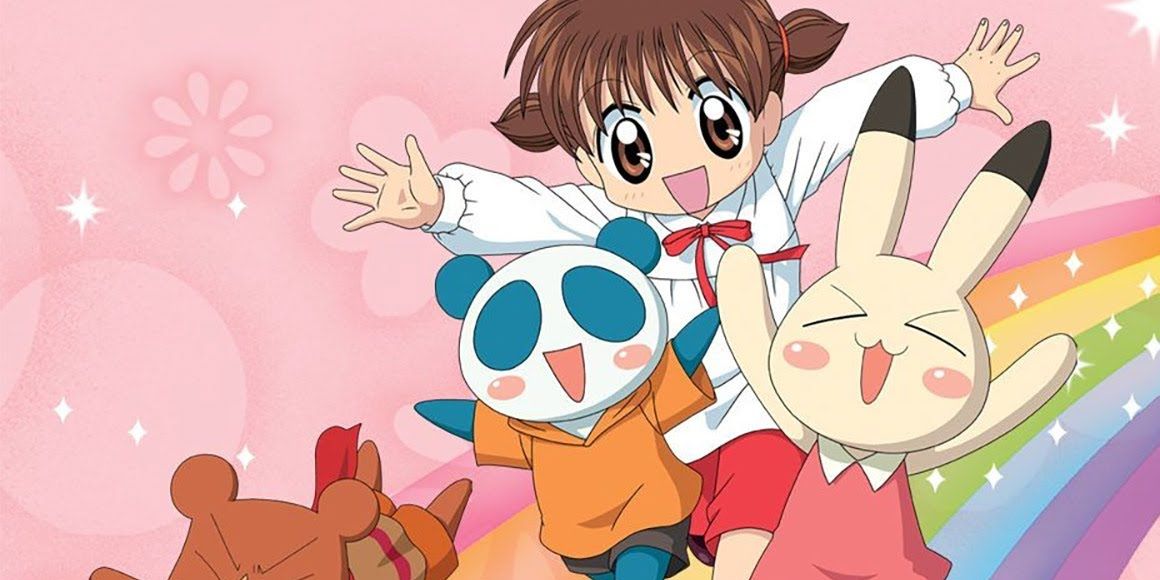
Animal Yokochou, also known as Animal Alley, is an especially adorable shojo series that may skew a little too young for some audiences, but it's still applicable. The central character is the precocious five-year-old Ami-chan, who often handles the chaos that's left behind by a trio of mischievous stuffed animal-like creatures that enter her room through a magical doorway. There's a little Cat in the Hat vibe here as Ami-chan experiences the madness of these creatures. Animal Yokochou is cute and fun at every opportunity and Ami-chan is far too young of a character for romance to be considered.
2 Sabagebu Celebrates The Community Around School’s Most Dangerous Extracurricular
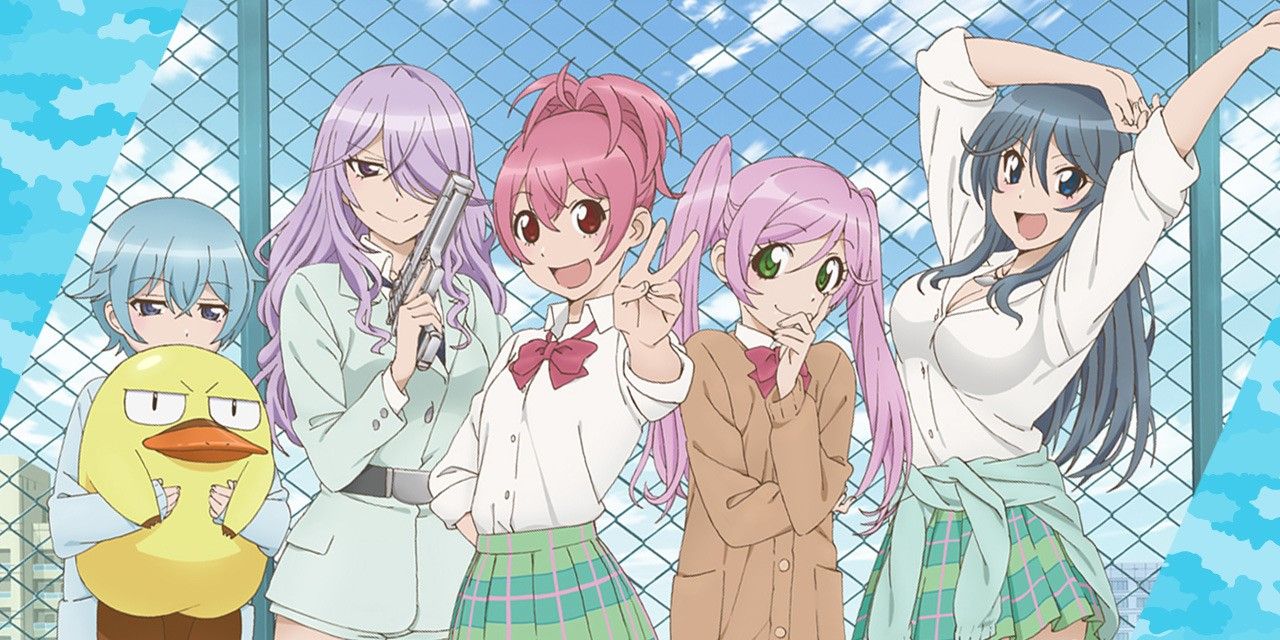
Sabagebu! -Survival Game Club!- dresses itself up with bright colors and cute character designs, but there's a surprisingly dark edge to this shojo series. There are an endless number of anime that focus on school clubs, but Sabagebu introduces a Survival Game Club where Momoka, Miou, and other girls engage in dangerous battles with other students at the school. There's a masochistic streak that runs through Sabagebu, which somehow fits with the cheerful demeanor of the characters. In the end, Sabagebu has more fighting and conflict than it does romance, which gives the shojo series a major shonen flavor.
1 Tweeny Witches Opens Up Arusu To A New World Of Magical Possibilities
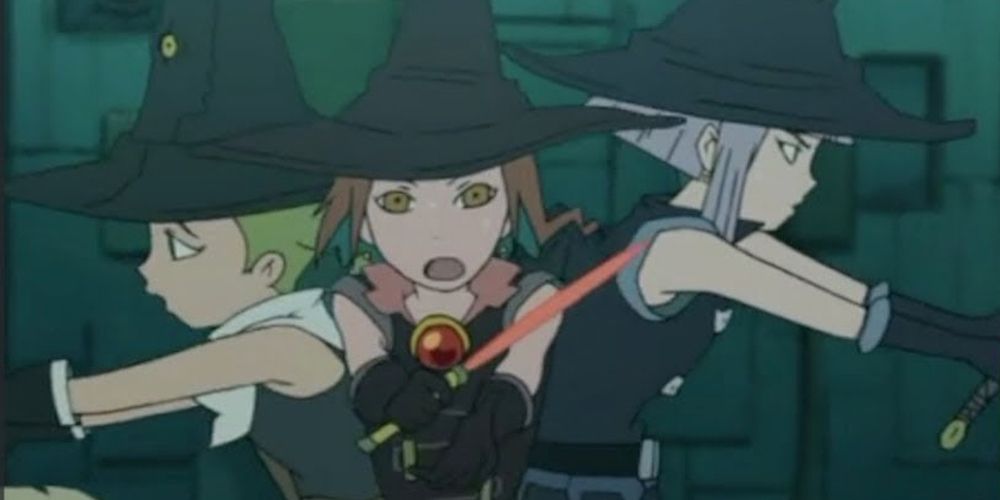
Tweeny Witches is an appropriate addition to the shojo genre since the series heavily pulls from Alice in Wonderland with its fantastical exploration into its magical world of witches. Arusu inadvertently enters a world of witches, fairies, and warlocks. Arusu is paired together with Sheila and Eva and this Magical Girl Squad trio set out to fix Arusu's mess. Tweeny Witches has a sweet message that's all about believing in yourself and the power of community. There are so many elements for Arusu to explore that she just doesn't have the time for a big romance in this new world.
0 Comments